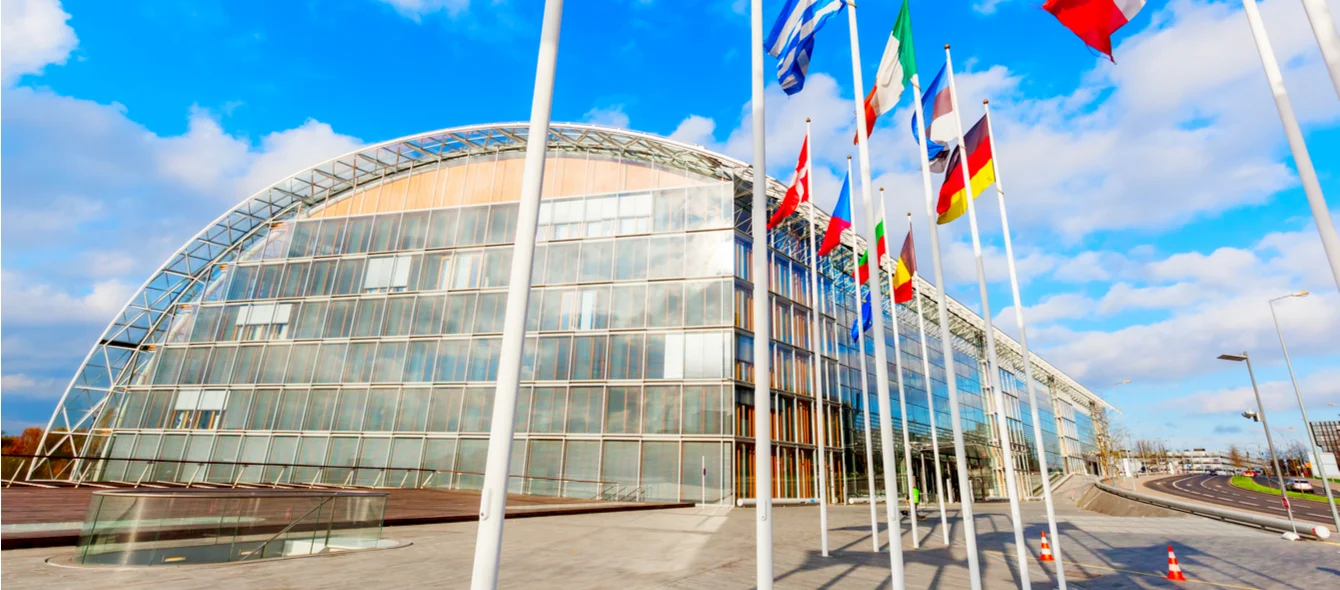EU funding for energy projects is being refocused on renewable energy sources and electrification as member states adopt more ambitious greenhouse gas (GHG) emissions targets. This is a significant shift in energy policy, which, since the Russia-Ukraine gas crises of 2006 and 2009, has had a strong security of supply emphasis, benefitting investment in natural gas infrastructure.
New lending policy
In November, the European Investment Bank (EIB) adopted a new lending policy which will end its funding for unabated fossil fuel projects from January 1, 2022 and see all of its financing activities aligned with the goals of the Paris Agreement on Climate Change by the end of next year. The new benchmark for project emissions will be 250 grams of carbon dioxide for each kWh of power produced, less than half the previous limit of 550gCO2/kWh.
This would rule out support for new Combined Cycle Gas Turbines, for associated natural gas infrastructure, such as new LNG import terminals and for hydrogen production via the steam reforming of natural gas. However, funding would still be possible for gas projects with carbon capture and storage, combined heat and power or projects blending renewable gases with natural gas to reduce GHG emissions.
Similarly, the latest EU list of Projects of Common Interest (PCI), published in October, shows a marked reduction in gas-based projects from 53 to just over 30. The drop reflects project completions, but the lack of new gas-based schemes is notable. The PCI list is published every three years and the projects included can attract EU funding via the Connecting Europe Facility (CEF).
Security of energy supply
Gas-based projects attracted significant funding in the wake of the Ukraine-Russia gas crises, which highlighted the vulnerability of European dependence on a few large gas exporters and its own declining domestic gas production.
Funding was targeted at new pipelines, increased reverse flow capacity, better internal gas system connectivity and alternative import avenues, particularly in eastern Europe, such as the LNG terminals completed at Klaipeda in Lithuania in 2014 and at Swinoujscie in Poland in 2016, both of which benefitted from EIB support. In 2016, the EIB announced it would provide €339 million in financing for Croatia’s planned Krk Island LNG project, which is also on the PCI list.
It also provided a loan of €70 million for a bi-directional gas pipeline to link Slovakia to Poland, which is a partner in the planned Baltic Pipe. This project, which is co-financed by the CEF, will bring Norwegian pipeline gas into east central Europe for the first time in the early 2020s.
EU funding, including that of the EIB, for gas-based projects has been a critical element in strengthening the resilience of Europe’s gas system. However, the EIB’s new lending policy in effect redefines its view of energy security. Rather than focussing on natural gas supply, security is to be enhanced through the strengthening of electricity systems, which in turn are critical to enabling a more rapid expansion of often distributed and variable renewable energy sources.
Emissions and security
Increased gas use has attracted particular criticism from environmental organisations such as Friends of the Earth (FoE). FoE argues that the Krk LNG terminal in Croatia is a long-term investment which will entrench and expand natural gas use in south-eastern Europe, increasing GHG emissions. Conversely, the natural gas industry argues that in addition to security of energy supply, natural gas use also brings emissions benefits, enabling, for example, coal-to-gas switching in power generation.
In Poland, where the electricity system remains dominated by coal, gas-fired electricity generation almost doubled between 2015 and 2018. The diversification of its gas supplies arguably provides Poland with the confidence to switch from coal to gas, while it simultaneously expands its renewable energy capacity, for example offshore wind in the Baltic Sea.
Transport emissions
LNG terminals also provide a point of bulk import from which LNG can be dispensed for use in trucks, displacing diesel, and as a shipping fuel, displacing heavy fuel oil. Studies, both independent and commissioned by the natural gas industry, argue that LNG use can result in emissions reductions in the areas of transport least likely to benefit from electrification.
The North and Baltic Sea Emissions Control Area has the highest concentration of LNG-fuelled ships in the world. The planned development of LNG terminals in Germany, for example, would expand this network and allow increased adoption of LNG in transport.
The natural gas network is also an existing means of storing, distributing and utilising renewable gases, for example biogas and hydrogen, which can be dropped in small but significant quantities directly into the gas grid, reducing the overall carbon profile of gas use. Even if natural gas is seen as a transition fuel, the gas grid is a long-term sunk investment, which can be used to deliver an increasingly low carbon gas mix.
